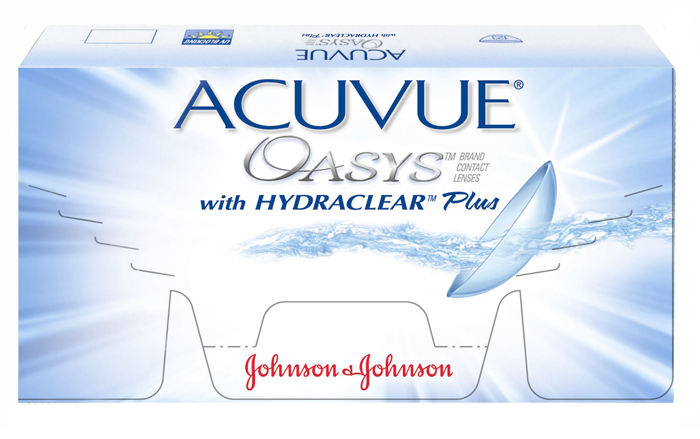From bracelets that can track your daily activity and heart rate to watches that accept phone calls and send text messages, wearable technology is becoming more common. Until now, medical professionals have had to rely on obtrusive home tests and patient compliance to gather daily data on their patient’s chronic medical conditions. For millions of diabetics, this means constant monitoring of fluctuating blood glucose levels via a finger prick and a portable blood glucose monitor. A team within tech giant Google, known as Google X, is working on making wearable technology in the form a smart contact lens. Think of a smart lens as an amped-up technology-rich version of your favorite contact lenses such as the ultra-popular Acuvue Oasys lenses.
